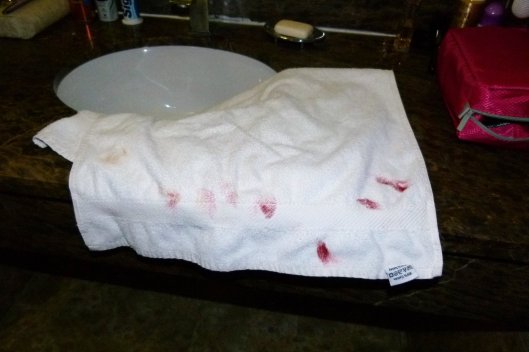It’s the 9th of December 1921, and in his room at the Hotel Oasis in Algiers1, the 86-year old Saint-Saens completes the orchestration of a simple miniature written in 1868, more than 50 years earlier. His Romance for Violin, Organ (well, organ if you’re lucky enough to have one lying around the house –Harmonium otherwise) and Piano (or Harp – if ‘plucky’ enough to have that lying around).
The orchestration came at the request of the Dutch Violinist Johannes Woolf, for whom Saint-Saens wrote another piece, the Caprice Andalou. Woolf was a virtuoso who Wikipedia describes as someone who “played difficult works as if they were simple; however, the reverse was sometimes the case” – I’m sure we know the type.

What time is Mr Woolf? – Source: Wikipedia
If Woolf was after a virtuoso showpiece, then this Romance is not it. It’s main theme is effectively a static hymn-like meditation (and indeed the whole piece, especially in the orchestration which feature harp prominently, is reminiscent of Massenet’s rather more famous Meditation from Thaïs2). While the middle section (in the remote E major) features a few more runs around the fingerboard, the piece is really all about a gentle mood and a sweet and simple melodic line. I suspect its lack of prominence in the repertoire though is precisely because it does not impose any challenges for the Woolf-ish virtuoso beyond, you know, sounding nice.
It’s a short, and actually very beautiful piece that I think works better in its delicate orchestration for small orchestra and harp, than in the original. It’s the kind of piece that appears on ‘music for relaxing to at night’ kinds of compilations3. I include both versions below, one which is the original but much to slow, but does have the follow-along-a-score option (I wish they had some kind of bouncing ball going along the tune, karaoke style). It definitely grows on you the more you listen to it.
One week after completing the orchestration, Saint-Saens spent Beethoven’s 151stbirthday evening playing dominoes, before retiring early to bed feeling unwell and having difficulty breathing. He died, in the arms of his manservant, before 11pm the same evening, leaving this orchestration as the final completed piece of work.
Romance in B flat for Violin, Organ and Piano Op.27
Why you might want to listen to it: OK, it’s not actually Saint-Saens’ final piece of music, but clearly he liked it well enough to revisit it in his autumn years. If sweet violin music with lots of vibrato is your thing4, then look no further.
Why you might want to avoid it: It has more of a religious, rather than romantic feel, to it. Barry White it isn’t.
1 The Hotel Oasis still exists in Algiers to this day, or at least something calling itself the Hotel Oasis (I actually doubt it is the same place). Sample Trip Advisor reviews reveal that the place is terrible, with accusations that the place is a brothel. Somehow, it is therefore poetic that Saint-Saens orchestrated a romance there.

The towels in the Hotel Oasis appear, out of respect to their deceased former resident, not to have been washed since 1921. Photo: from Trip Advisor.
2 I initially typed this as the Mediation from Thaïs, which conjours up interesting images of a legal intervention.
3Not something that can be said for the “Iceland Cantata” by Jon Leifs which woke me up in the middle of the night after I had fallen asleep with the radio on and literally terrified me, as I thought perhaps the apocalypse had occurred and I was being summoned by a hoard of human mutants worshipping the nuclear bomb a la Beneath the Planet of the Apes (please do not listen to this audio comparison in the same lifetime as the Romance above).
4To be fair – it needn’t (and shouldn’t) be played that way.

Pingback: Marche Héroïque Op. 34 | The Complete Works of Camille Saint-Saens